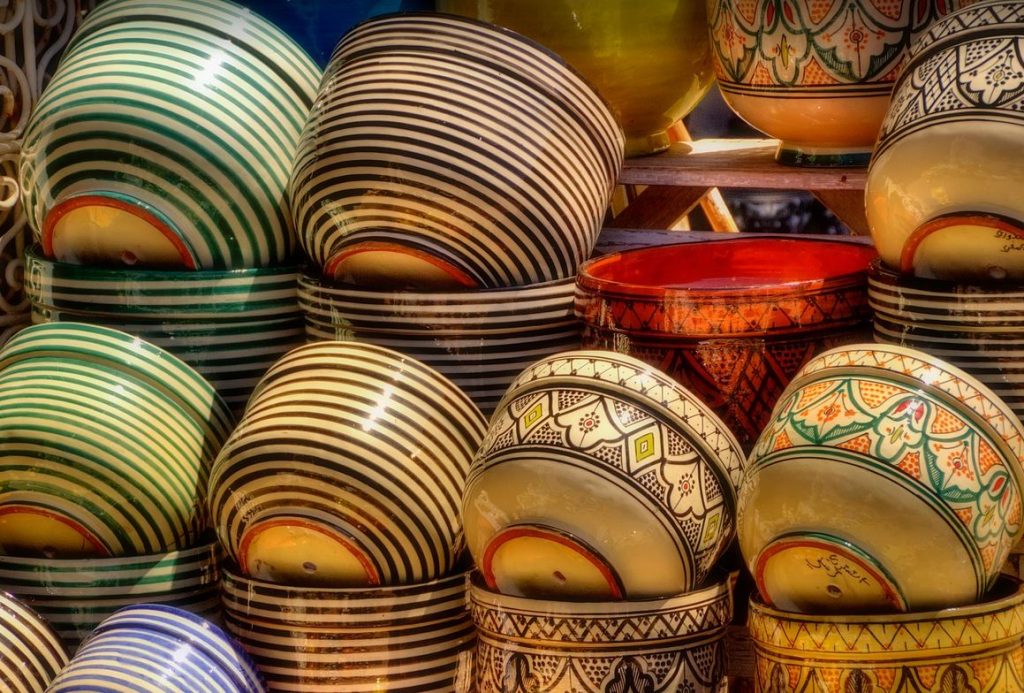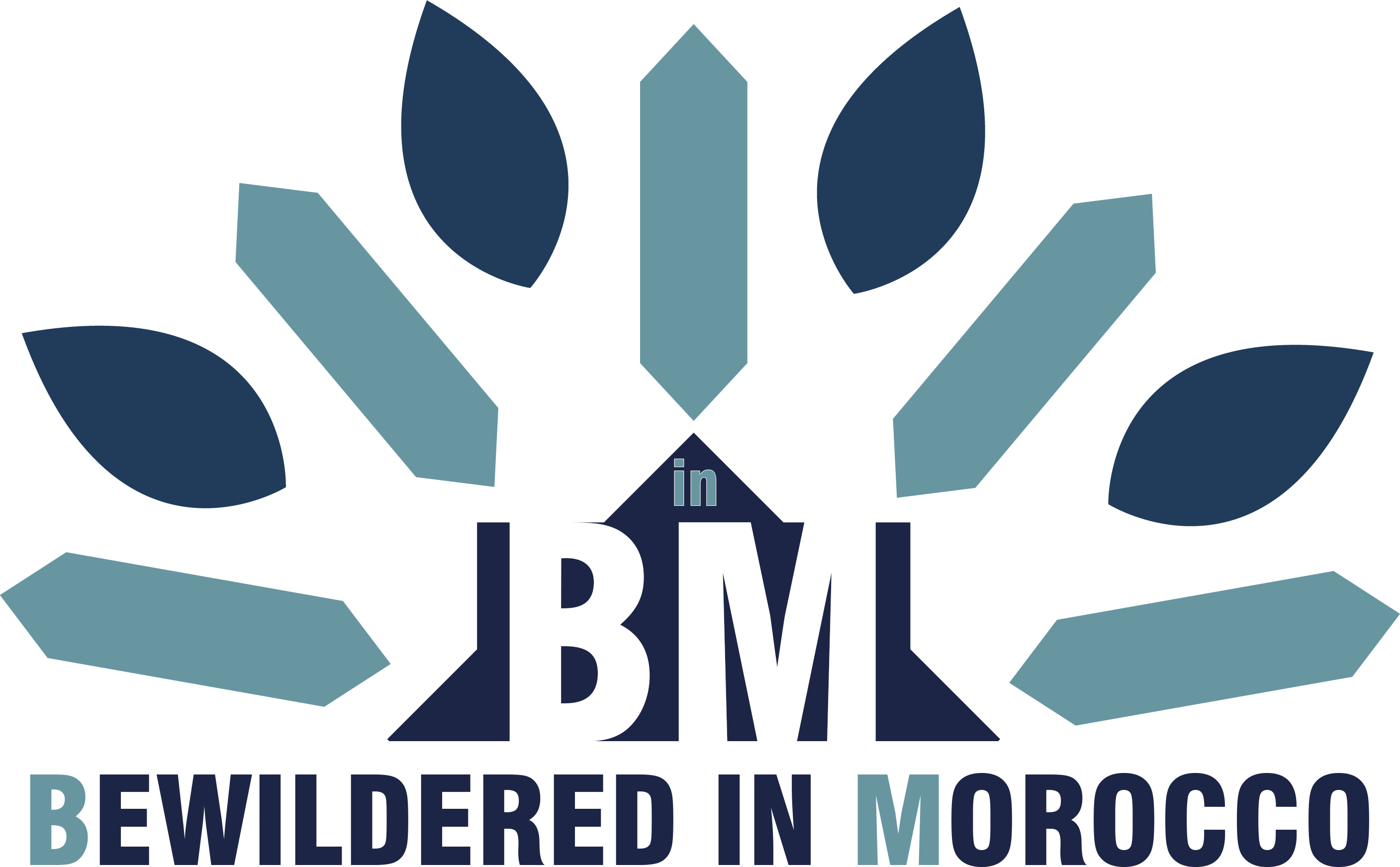
Nestled along Morocco’s Atlantic coast, Safi is a city rich in history, culture, and natural beauty. Known for its vibrant pottery industry and stunning beaches, Safi offers visitors an authentic Moroccan experience that blends traditional heritage with modern appeal.
A Brief History of Safi

Safi’s origins date back thousands of years, beginning as a Canaanite settlement. Over the centuries, it has been shaped by the Carthaginians, Romans, and Arab Muslims. During the 16th century, Safi flourished as a vital port city under the Saadian dynasty, becoming a hub for trade and cultural exchange.
Despite losing prominence as a capital under the Alawite dynasty, Safi developed into an important center for fishing, sardine exportation, and ceramics production. Today, its historical significance is preserved in its architecture, with medieval mosques, schools, and fortresses standing as a testament to its storied past.
Cultural and Historical Landmarks
Safi is home to numerous historical and cultural landmarks that highlight its diverse heritage:
- Dar Al Bahar (Palace of the Sea): Built by the Portuguese in the 15th century, this fortress served as a defensive stronghold and governor’s residence. Renovated in 1963, it now features a parade ground and ancient cannons overlooking the ocean.
- Portuguese Cathedral: Constructed in 1519 by King Emmanuel I as a gift to Queen Saint Catherine, this cathedral showcases the city’s Portuguese influence.
- Dar Soltane: Dating back to the Almohad period, this castle once protected the city and later became a royal residence. Today, it houses the National Museum of Ceramics.
The Art of Pottery

Safi is synonymous with pottery, earning its reputation as the “Potter City.” This traditional craft has been an integral part of the city’s identity for centuries. The ceramic industry is concentrated in neighborhoods like Hadbat Al-Khazaf and Al-Shu’bah, where skilled artisans shape clay into stunning geometric and floral designs. Safi’s signature cobalt blue pottery is particularly renowned, blending artistry and functionality.
The Fishing Hub
Known as the “City of Fish,” Safi boasts a thriving fishing industry. The city’s port is a hub for sardine exportation, supported by a network of modern canning factories established in the 1930s. This sector remains a cornerstone of Safi’s economy, supplying seafood to global markets.
Natural Beauty and Coastal Adventures
Safi’s coastline offers breathtaking views and tranquil beaches:
- Lalla Fatna Beach: Sheltered by high cliffs, this beach is ideal for swimming and fishing.
- Cape Beddouzza: A serene spot for hiking, featuring the Gorani cave with its intriguing prehistoric paintings.
- Souira Kedima Beach: A picturesque destination for nature lovers and adventure seekers.
Visiting Safi
Reaching Safi is convenient whether you’re coming from Casablanca, Marrakech, or other Moroccan cities:
- By Train: ONCF trains connect major cities to Safi.
- By Bus: Comfortable buses run regularly between Casablanca, Marrakech, and Safi.
- By Car: A scenic drive along the coastal road offers stunning views of the Atlantic.
Frequently Asked Questions
- What is Safi known for?
Safi is renowned for its pottery, fishing industry, and beautiful beaches. Its rich history and diverse architecture reflect the influence of various civilizations. - What does ‘Safi’ mean?
The name “Safi” comes from the Amazigh term “Asfi,” meaning “to flood” or “to overflow,” likely referencing the Atlantic tides. - What is Safi pottery?
Safi pottery features intricate geometric and floral designs, with cobalt blue being a signature color. It is prized for both its beauty and functionality.
Discover Safi’s Unique Charm From its historical landmarks to its artistic traditions and natural wonders, Safi is a city that captivates all who visit. Whether you’re exploring its cultural treasures or relaxing on its pristine beaches, Safi promises an unforgettable Moroccan experience.
